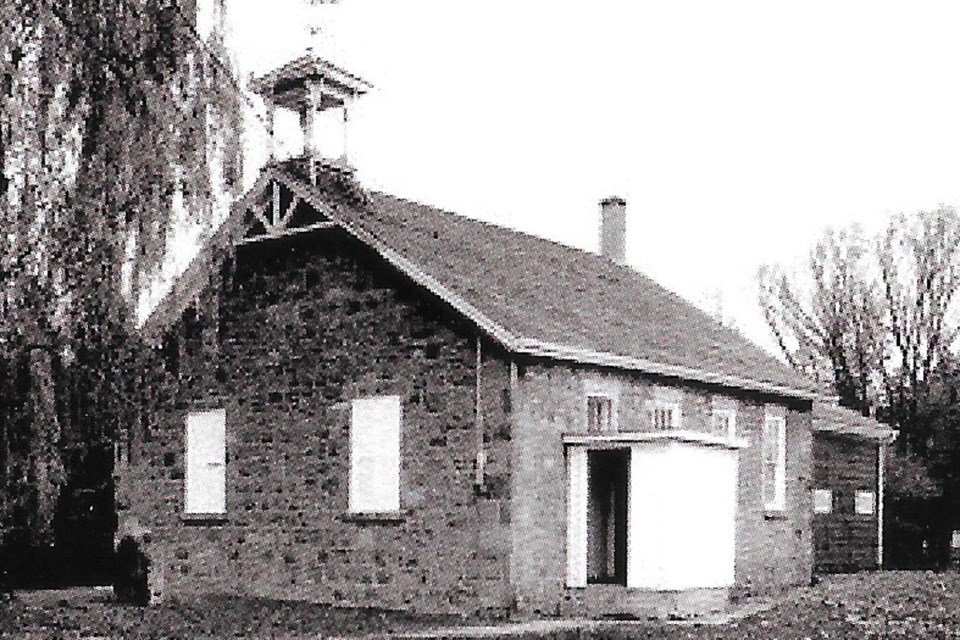The village north of Dundas Street was the lowest point on the main road from Guelph to Lake Ontario, probably a trail of the First Nations.
One of the early settlers was James Cleaver. At the age of 13 James took care of the family team of horses at the Battle of Stoney Creek during the War of 1812. He built a fieldstone flourmill that has been converted into a residence. James was a strong temperance man and, as such, his barn was the first in the area to be raised without whiskey being used as an incentive. His grandson, Hughes Cleaver, went on to become Mayor of Burlington and an MPP.
In 1822, the Rev. Daniel Pickett – a saddlebag preacher from the USA – bought 200 acres and later secured property for his son, Thomas, on the Guelph Line. There Thomas built an Octagonal House using a building method called “rubble construction”. It was meant to absorb the shock waves of an earthquake and the octagonal shape was thought to promote good health. Rev. Pickett’s grandson, Andrew, built the original General Store. Today it is the Lowville Bistro.
The one-room schoolhouse was used from 1888 to 1950. Today it is a community gathering place in Lowville Park.
Since there is a Lowville, it comes as no surprise that there was a Highville. A wooden footbridge over 12 Mile Creek led to a set of wooden stairs up to Highville. These were replaced in 1919 by concrete steps.
On Saturday afternoons during the 1920s, all farm work came to a halt. EVERYONE went to the hardball games held in the pasture field near the Guelph Line. There were eight teams in the league. The ladies probably provided refreshments, as the account books for lunch items are meagre.
Many settlements looked forward to the coming of the railway hoping it would increase business. In the1870’s the Credit Valley Rail Line proposed a line through the valley. It would bisect the village. The residents revolted. They let the authorities know how they felt. There is no railway in Lowville.
When Lowville needed a church, Joseph Colling and some neighbours built a small meeting house on his property. It became known as “Collings Church” – later Lowville Methodist Church. Since no denomination other than the Church of England could own land in Canada in the early 1800s, Joseph Colling still technically owned the land.
When Joseph died in 1863, his son Thomas, acting as his trustee, carried out his wishes and donated land at the corner of Britannia Road and Guelph Line for the construction of a brick church. An “Ontario vernacular Gothic style” church was erected. It was designated in 2008 as a historically significant building under the Ontario Heritage Act – the first public building in Halton to be so designated. Later ,when a parsonage was needed, Thomas donated a piece of land between his house and the church with one stipulation: the new building must NOT obstruct the view from his home of the church’s front steps.
From The Burlington Historical Society “Villages of Burlington” Collection.
The Burlington Historical Society’s next meeting is Monday, May 8 at 7 p.m. at the Burlington Central Library, New Street, in the Centennial Room. There will be two interesting and exciting speakers one will share a story about a teenage girl from Lowville. Details to follow soon.



